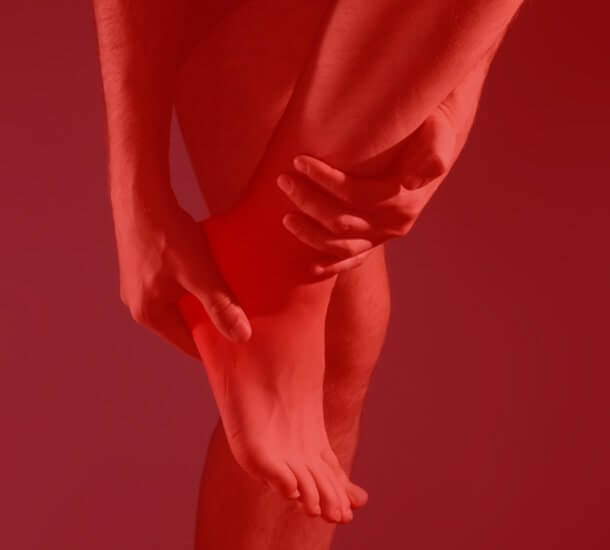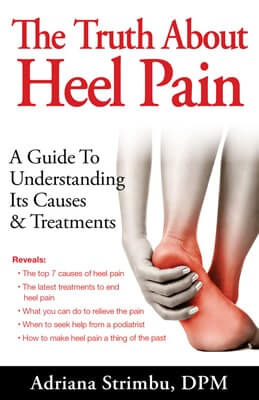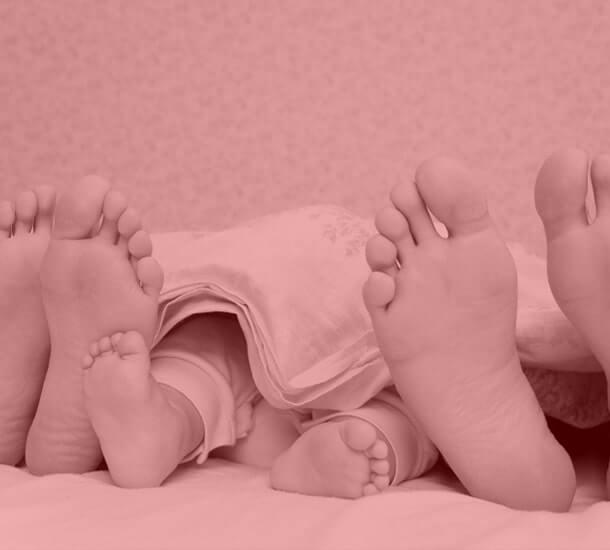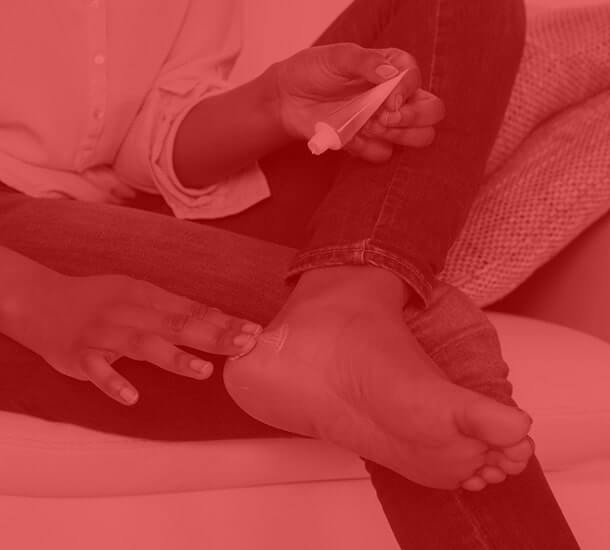Connect With Us
Blog
Displaying items by tag: Foot pain
How to Prevent Running Injuries
Overtraining and overusing the feet are the main causes of common running injuries. A number of these common injuries are caused by overrunning. Runner’s knee is a condition that is characterized by the back of the kneecap beginning to wear away and cause pain in the knee. This frequently occurs due to either a decrease in strength in the quadriceps muscles or ill-fitting shoes that are lacking in proper support for the inside of the forefoot. Strengthening exercises focusing on the quad muscle and sports orthotics are the usual treatments for those suffering from runner’s knee. Prevention of the condition lies in a focus on hip strengthening and quad-strengthening to keep the kneecap aligned. To help learn the best exercise to heal runner’s knee, one can also undergo physical therapy.
One common injury, called iliotibial band syndrome, is often caused by overtraining. This condition occurs when the iliotibial band gets irritated, creating pain and discomfort in the outside knee area. Plantar fasciitis, another common running injury, also occurs as a result of inflammation and irritation. Plantar fasciitis is an inflammation and irritation of the bone in the foot. A large amount of pain is often experienced due to plantar fasciitis. The condition can be caused by a high arch, improper footwear, tight muscles, or flat feet. It can best be avoided by stretching and wearing appropriate footwear that supports the foot.
Another common injury for runners is stress fractures. These injuries occur due to running style, overtraining, or a lack of calcium. Stress fractures most often occur in several locations in runners, including the inner bone of the leg, the thighbone, the bone at the base of the spine and the bones of the toes. Stress fractures are best prevented by wearing proper footwear and by running on flat and hard surfaces; this will absorb some of the shock created during running.
Aside from overtraining, other causes of common running injuries include ill-fitting footwear, a lack of flexibility and strength, and irregular biomechanics. The best way to avoid running injuries is to prevent them from even occurring. Both iliotibial band syndrome and stress fractures are preventable. The first step that should be taken to prevent running injuries is to only wear footwear that fits properly and that is appropriate for whatever activity you are doing. Running shoes are the only protective gear available to runners that can safeguard them from sustaining injuries. Choosing the right pair of shoes is therefore extremely important. While running shoes are an important factor, it is also important to consider other facets of your running routine such as training schedules, flexibility, and strengthening. These elements should be considered and altered according to your running needs to best maximize your run and minimize the possibility of injury. Careful stretching before and after a run should also be considered to help prevent running injuries. Stretching muscles enables greater flexibility and a lesser chance of sustaining injury.
The 7 Most Important Things To Know About Foot And Ankle Pain
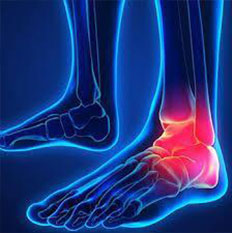 Most people don’t realize just how serious foot or ankle pain can become. In our experience, it usually takes most people over a month to finally see a specialist for a foot or ankle concern. The prevailing thought is… the pain will go away on its own. That rarely happens, mainly because we use our feet every day.
Most people don’t realize just how serious foot or ankle pain can become. In our experience, it usually takes most people over a month to finally see a specialist for a foot or ankle concern. The prevailing thought is… the pain will go away on its own. That rarely happens, mainly because we use our feet every day.
If people knew how much of a problem long-standing foot or ankle pain can become, most would address it sooner. Long-term damage is a risk of ignoring foot or ankle pain.
If you or a loved one has been experiencing a foot or ankle problem that just won’t subside, then this report may be the most important information you read about feet and ankles.
We were only blessed with two feet, which means keeping them in tip- top shape is critical. Having one go bad for an extended period of time not only affects your daily disposition it can lead to other more serious problems.
Hopefully you haven’t experienced a significant foot or ankle problem that lasted for years. You can’t imagine how frustrating it is. Besides being in pain all the time, the other concerns we’ve seen are weight gain, depression, back pain and diabetes, just to name a few. Most people take their feet for granted, until, something significant happens to them.
Our mantra is, the sooner you get a foot or ankle concern addressed by a specialist, the less chance of a serious problem. We’d be rich if we had a quarter for every time a patient of ours stated, “I waited to long to see you.”
We hope if nothing else, this report encourages you to take action on a foot or ankle problem…fast. Healthy feet are critical to your physical and mental health. The risk of waiting is long-term suffering and possible damage.
Now, for the 7 Most Important Things… TO BE CONTINUED IN THE NEXT BLOG
Foot Orthotics Provide Viable Treatment for Back and Hip Pain

One of the most incapacitating injuries is chronic low back pain. The problem is so severe that one-half of all adult Americans admit to having back pain symptoms each year. According to the American Chiropractic Association, chronic low back pain is one of the most common reasons for missed work. In fact, more than $50 billion is spent each year on treating low back pain.
Recent research suggests that back pain may be closely linked to poor or improper biomechanics. Many researchers, in fact, agree that chronic or low back pain may be significantly related to how you walk (gait style), a reason we are shifting our focus to the feet to treat hip and back pain.
Everyone knows that low back pain is a recurrent problem. Why? Because most doctors do not look at the way you walk. One flaw in your gait style can lead to strain on your back. Using custom foot orthoses to change the mechanics of foot function may improve hip extension and create prolonged relief of low back symptoms.
Using foot orthotics to effectively treat hip and low back problems has been studied extensively by Dr. Howard Dananberg, a renowned podiatrist in Bedford, New Hampshire. Through computerized in-shoe pressure testing, he found that a specialized orthotic eliminates the flaw that causes strain on the back. Getting the feet to function exactly as they are supposed to allows the hips to extend properly. Normal hip extension during gait eliminates strain on the back.
We have witnessed countless cases of custom foot orthotics relieving hip and back pain. In our opinion, anyone who suffers from chronic hip or back pain should be evaluated by a podiatrist to assess their feet. Since your doctor may not consider your feet as a possible cause of the pain, you’ll have to take it upon yourself to be proactive.
Medications, rest, exercise and weight loss may all be effective in relieving hip and back pain. Unfortunately, they are not a cure in most cases. Eliminating the cause of the pain should be the ultimate goal. Since faulty foot mechanics are often the cause of back pain, using custom foot orthotics can be worth a lifetime of relief from this otherwise chronic condition.
Flat Feet
Flatfoot is a foot condition in which the arch of the foot has either partially or totally dropped or has never developed. While it is common in babies and small children, it can become a problem for them in adulthood if the arch never forms. For adults, the development of flat feet can be brought upon by injury, as a result of pregnancy due to increased elasticity, or obesity. Those who have health concerns such as rheumatoid arthritis or diabetes may also be at greater risk for developing the condition.
If you suspect that you have flat feet, it is best to consult your podiatrist. Your foot doctor will examine the suspected foot and observe how it looks while you sit and stand. He or she may take an X-ray to determine how serious the condition is. Some common signs of flatfoot include toe drift, in which the toes and front part of the foot point outward, a short Achilles tendon, and a heel that tilts outwardly while the ankle tilts inward.
Once flatfoot has been diagnosed, your podiatrist may suggest one of several treatment options. Flat feet can be rigid, in which the feet appear to have no arch even when the person is not standing; or flexible, in which the person appears to have an arch while not standing, but once standing the arch disappears. Those with flexible flatfoot may be told to reduce any activities that cause pain and to avoid extended periods of walking or standing. Another suggestion may be weight loss, as excessive weight may be placing pressure on the arches
In few cases, if the condition is severe and all other methods have been exhausted surgery may be required. This is normally avoided, however, due to a lengthy recovery time and high cost.
Are you Making it Worse by Waiting?
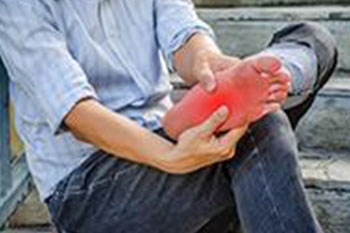 Ever wonder why your pain fluctuates from very little to intense but never goes away? How many times have we had a sore foot, and after a few days of rest, the pain went away?
Ever wonder why your pain fluctuates from very little to intense but never goes away? How many times have we had a sore foot, and after a few days of rest, the pain went away?
But, sometimes the pain lingers. It is almost like a pendulum swinging back and forth. Right when you think, “I’m going to make an appointment to see the doctor, “ it starts to feel better and you decide to wait it out. You let the process continue and before you know it, it has been 6 months or a year with a nagging, maybe not horrible, but annoying pain.
Treating chronic issues are different than treating acute injuries. Usually, rest is simply not enough. Even medications lose their ability to help with the pain.
Heel pain is a great example. Plantar Fasciitis is a common problem that many people suffer from. Most of the time, we can treat people quickly and get them pain free in a matter of days or weeks. Luckily, we have some of the best tools to diagnose and treat pain. The right formula for pain free feet is different for everyone.
Some people need orthotics because their foot structure is causing re-injury. Some people need stem cells because their body isn’t providing them with the right tools for healing. Some people need steroid injections to help with the healing process. A few people may need to have surgery. There are usually options when treating your chronic pain, but more rest is not going help.
You could be doing more damage by waiting it out. If you have been having pain for more than two weeks, you need to make sure your injury is not more severe. Like anything else, the sooner you attack a problem, the easier and faster it is to solve.
